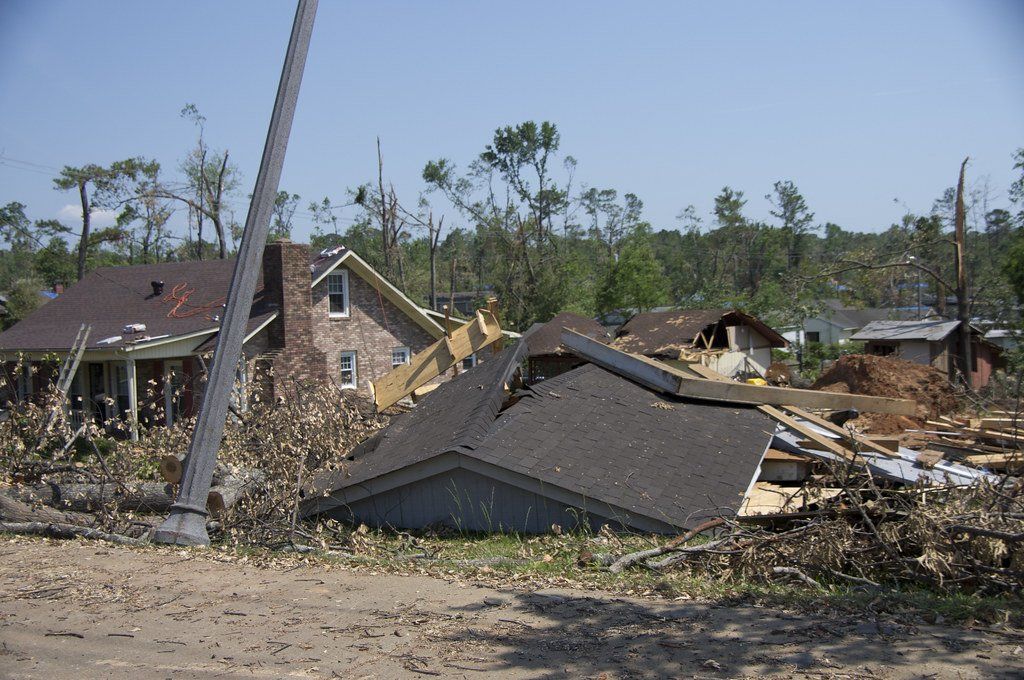How Are Tornadoes Really Rated?
Have you ever wondered how high winds are clocked? Keep reading for more information.
Roofdamage can occur without warning when there is a storm related event. The waythat tornado intensity and wind damage is measured is by using the Fujitascale, as adopted by the National Weather Service (NWS). In this scale, thewinds are measured at windspeed (miles per hour), and also given an F-Scalerating (F)-F5). The scale is helpful to measure the damage to the structure.Because roofs are the upper most structure on a building or home, roofs arevulnerable to high winds in storms and often can be compromised during anextended day storm event.
InF0 (40-72 mph windspeed) events, homes and businesses can sustain damage to thechimney, TV antenna, area trees can lose their limbs, and shallow-rooted treescan be disturbed.
Forthe F1 (73-112 mph windspeed), the tiles or shingles may peel back from theroof on account of the wind, lightweight trailer homes could be upturned,windows are broken and cars may be pushed off the road with the wind swells.
WithF2 (113-157), roofs can be ripped from a home, trailers can sustain seriousdamage, trees can snap, light object missiles may occur, cars can be completelyblown off the road.
DuringF3 (158-206 mph windspeed), roofs can become completely detached from homes,barns can cave in and be completely demolished, tears can occur to steel-framedhangar-type of warehouses, cars may be lifted off the ground, and this wind canlevel trees in a forest.
AtF4 (207-260 mph windspeed), entire wooden framed homes can be leveled anddemolished, cars turned and thrown distances, trees and debris can become akinto large missiles and go airborne to cause residual damages.
Ifthere is an F5 (261-318 mph windspeed) whole homes can be ripped away from thefoundation, steel-reinforced concrete structures can be leveled, automobilesized missles are generated and high destruction in a region can occur.
Itshould be noted that technically when using the F0-F5 scale, the windspeeds arenot average windspeeds as we typically think of it. For example, under theFujita scale, wind speeds are measured as the fastest ¼ mile of windspeed, notthe typical windspeed we think of – such as a car going at 60 mph on theground! Suffice it to say that the Fujita wind measurement is recording wind inthe air, not on the ground, and these windspeeds during a storm are atmosphericand have other factors associated with speed (such as height, atmosphericpressure, etc.).
Whenyour customers experience high winds in your area, and have roof damage as aresult of sustaining high wind damage, they will want to call a roofer toremediate and repair this damage quickly to prevent further losses. You need tocall us for the best storm damage leads, hail damage and roofing leads to getthose prospect customers fast – they need you now! Give us a call today. Youneed to buy exclusive roofing leads for the hottest leads in the industry.


